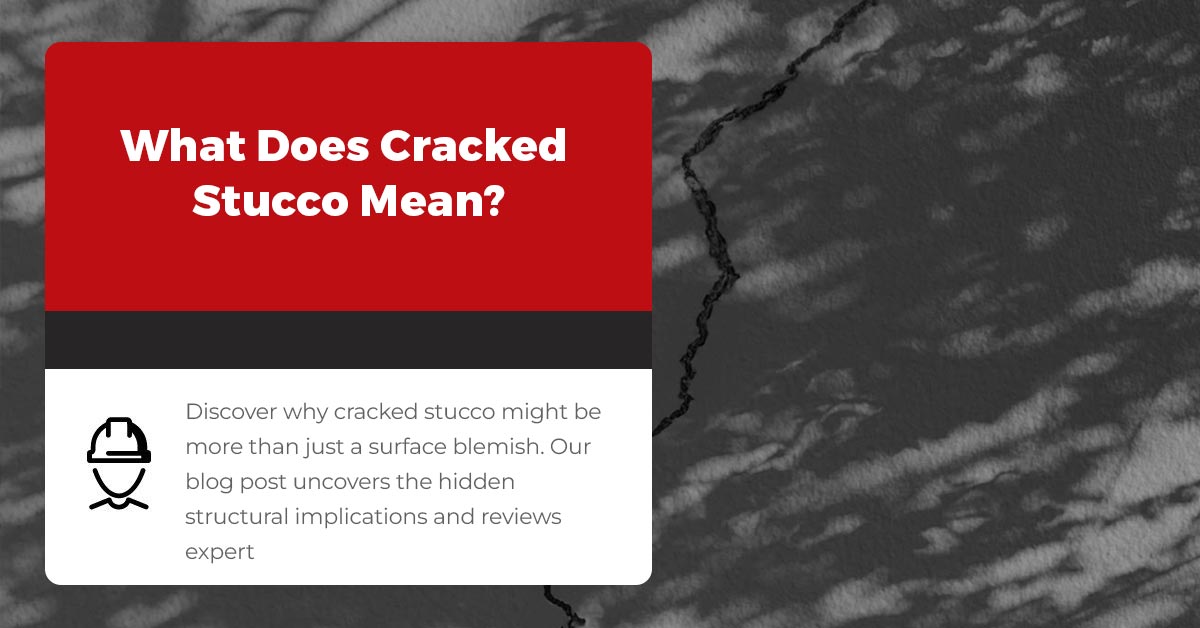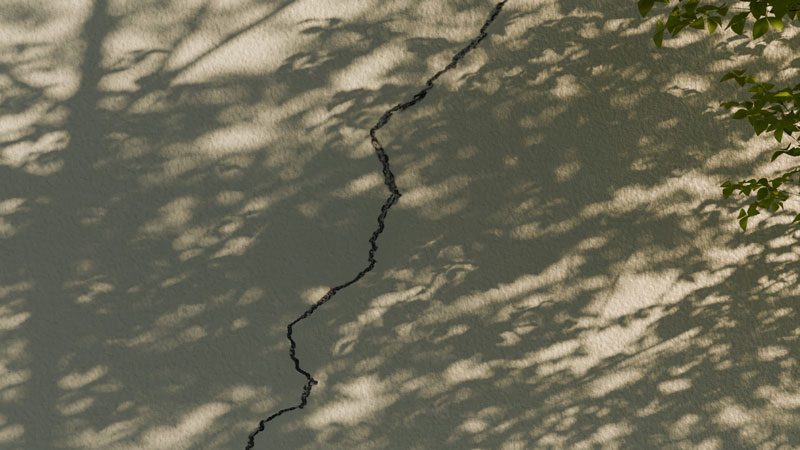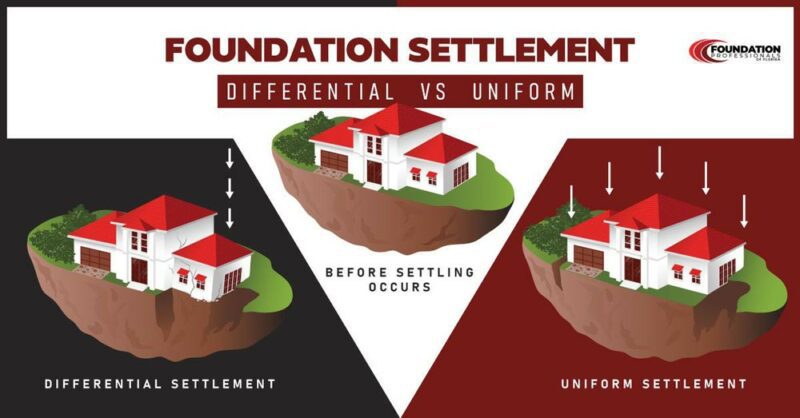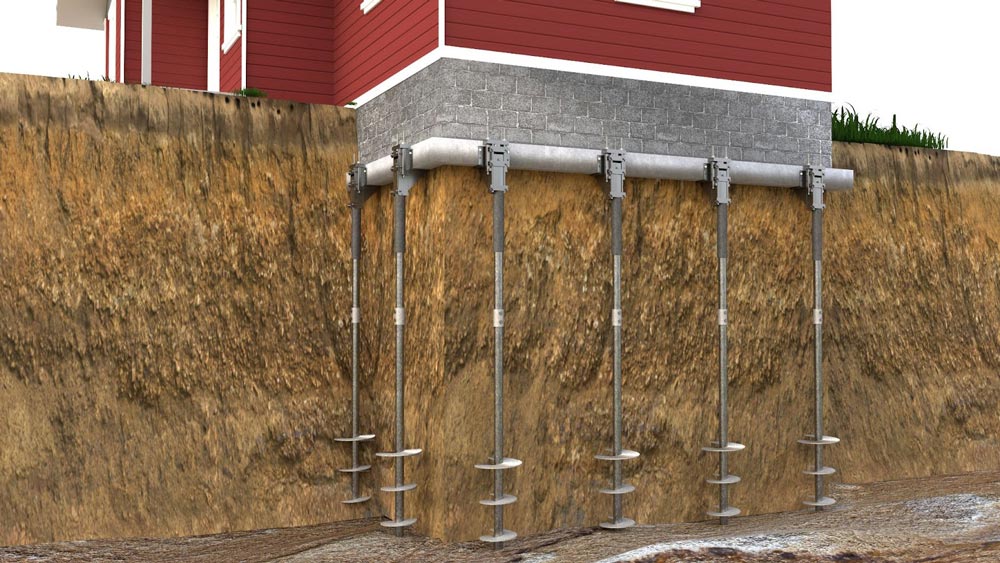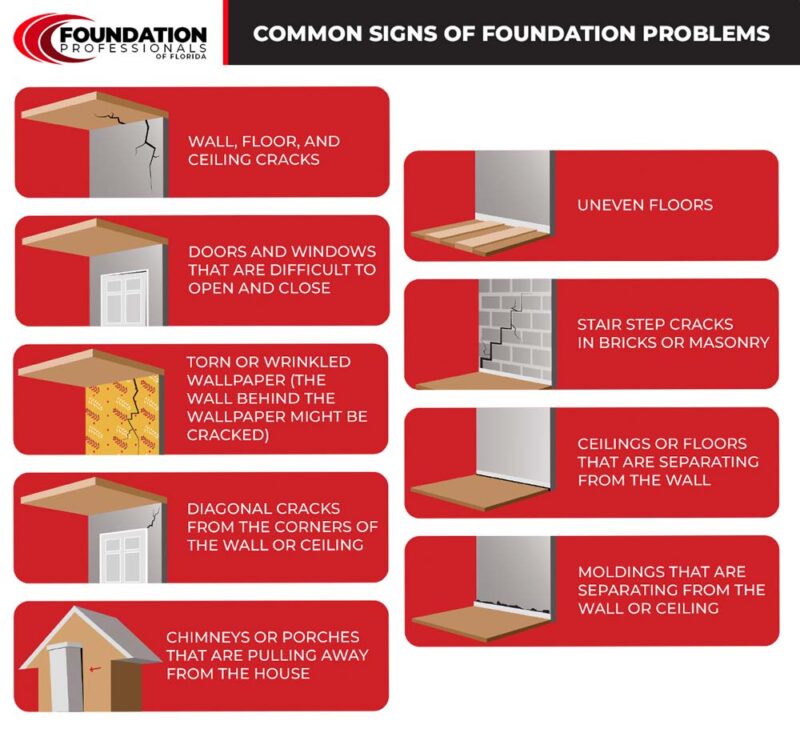Stucco provides a beautiful outer surface for your home. However, when stucco cracks, it can not only detract from the visual appeal of your facade but also possibly indicate a deeper underlying issue. Whether you have noticed small cracks appearing on your exterior walls or large sections of stucco breaking off, this blog post will dive into what these cracks might mean for your home and how you can address them before they become a major problem.
Causes of Cracked Stucco
The stucco on the exterior of your home can crack for a wide range of reasons. However, two causes are far more common than others–shrinkage due to curing and differential settlement.
Stucco Cracks Caused By Shrinkage
Some stucco cracks form as a natural result of the stucco curing process. Since stucco consists of cement and other materials, it requires some curing time after application. During this curing process, shrinkage commonly occurs.
As this shrinkage occurs, narrow cracks in your stucco can begin to appear. These cracks are typically relatively thin and pose nothing more than an aesthetic concern for your home. In most cases, these cracks will be about 1/16 of an inch wide or less, and are not an indication that your home has a structural problem.
Stucco Cracks Caused By Differential Settlement
While many stucco cracks result from shrinkage, others arise due to a deeper structural issue. In these cases, a foundation problem known as differential foundation settlement is likely the cause.
To understand foundation settlement, consider that your foundation rests on the soil below and relies on that soil for support. As such, your foundation will shift and sink anytime the soil shifts or sinks.
A small amount of uniform foundation settlement is expected and not a cause for concern. This settlement usually occurs shortly after construction and is often so subtle that you don’t notice it.
However, differential foundation settlement is concerning as it causes uneven shifts in your foundation that can cause considerable damage. There are many signs that differential foundation settlement has occurred, including cracked stucco.
Fixing Stucco Cracks
The chosen repair solution for a stucco crack depends on what caused the crack. Cracks in stucco caused by shrinkage require one solution while cracks caused by differential settlement require another.
Fixing Shrinkage Cracks in Stucco
If you discover shrinkage cracks in your stucco, you don’t necessarily need to fix them immediately. Shrinkage cracks are typically harmless and are nothing more than a visual issue that detracts from the beauty of your home.
While shrinkage cracks don’t imply a significant structural problem, getting rid of them is a priority for most due to their unsightly nature. Fortunately, there are several ways to fix a shrinkage stucco crack.
The best approach in this case is to hire a contractor to determine the best solution for your stucco. Sometimes, they may remove and replace the stucco with a new layer. In other cases, they may attempt to blend additional stucco onto the wall to hide the cracks or fill the cracks with caulk.
Resolving Differential Foundation Settlement
Resolving stucco cracks that arise due to differential foundation settlement is more complicated. In most cases, the best way to fix differential settlement is by installing foundation piers that help level and stabilize your foundation.
To level your home using piers, a foundation repair team will insert them deep into the earth until they reach bedrock or firm strata. That team will connect the piers to your foundation via a sturdy bracket. Once the connection is formed, the team can use the piers to raise your foundation as much as possible without causing damage and hold it in place to prevent future settlement.
The two main types of foundation piers are push and helical. These pier types perform the same function in different ways. To install push piers, your foundation repair team will use a hydraulic pump to drive the piers into the ground. By contrast, helical piers are like giant screws that get twisted into the earth until they are fully embedded.
Regardless of which pier type your foundation professional chooses, they will make your foundation as level as possible and help prevent future settlements. After addressing the root problem by installing piers, you can rely on one of the methods mentioned in the section above to hide the cracks that the settlement caused.
Additional Signs of Foundation Issues
One of the two most common causes of stucco cracks is differential settlement. Since this issue can result in significant structural problems, it is essential to know the signs that it has occurred. Below are some of the most prevalent indicators that a foundation is experiencing differential settlement.
- Windows and doors that don’t open and close properly
- Sloping floors
- Wall, ceiling, and floor cracks
- Stair step cracks in brick or masonry
- Foundation cracks
- Drywall cracks
Get Help From a Professional
Fixing stucco cracks and foundation settlement is not something that you can do on your own. Instead, you must find a foundation professional to do the work for you.
At Foundation Professionals of Florida, we have extensive experience repairing foundations and providing many other beneficial structural services to both residential and commercial customers. If you have cracked stucco, contact us today to learn how we can help resolve the issue and ensure your foundation remains structurally sound.

